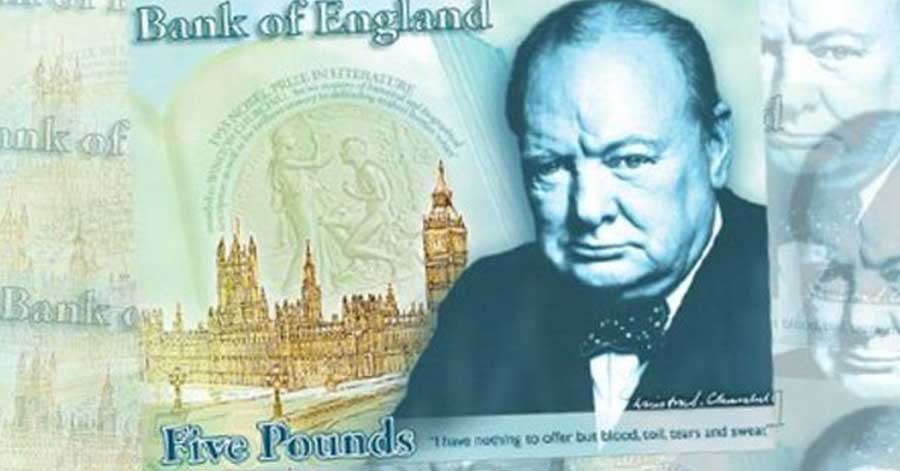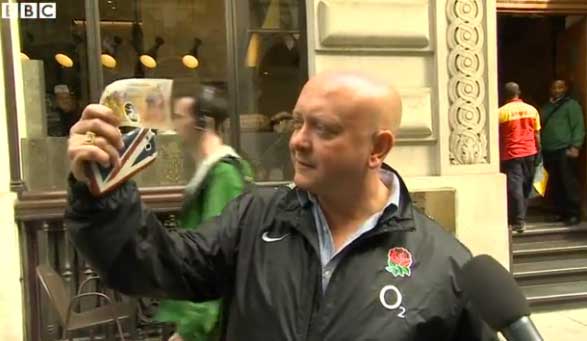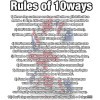The Bank of England will announce the details of a new £5 (Sir Winston Churchill) note on June 2nd with a release date of September 2016 , a new £10 note (Jane Austen) in 2017, and a new £20 (J.M.W. Turner) note by 2020.
The problem with these new notes is that they’re made from a Polymer, which is a thin and flexible plastic material, it has a lots of benefits but the one negative that might cost you money is the habit of them sticking together, The Bank of England says this effect is short-lived once in use but it will be something to watch out for.
Secondly, the notes are fairly slippery so in the likely chance you’re out in a gusty windy day in the UK you may want to grip on to them just a little bit harder than normal, however, this is great news for womblers!
The Bank of England, following a three-year research programme and consultation with both the cash industry and general public have decided to move to the new Polymer note, which should last 2.5x as long as traditional ‘paper’ notes, they’re generally more secure & will be smaller (less wastage).
Over 30 countries now use polymer notes, including Australia, New Zealand, Mexico, Singapore, Canada and Fiji.
The current & soon outdated paper versions of the notes will be valid until 2017, but they will have a cut off date where you won’t be able to use them, normally you will still be able to take them into a bank to replace them, failing that you can send them to the Bank of England in London by post or in person for exchange, this will be FOREVER, so don’t worry if you have a habit of leaving £20 notes in jacket pockets!
Nearly 13,000 people gave feedback on the notes. The Bank said 87% of those who responded were in favour of polymer, only 6% were opposed and 7% were neutral. However, some suggested the notes were too slippery.
Full FAQs can be found on The Bank of England website.
This section of The Bank of England website will be updated with ways you can check the notes are legit (you can also order posters etc)



























